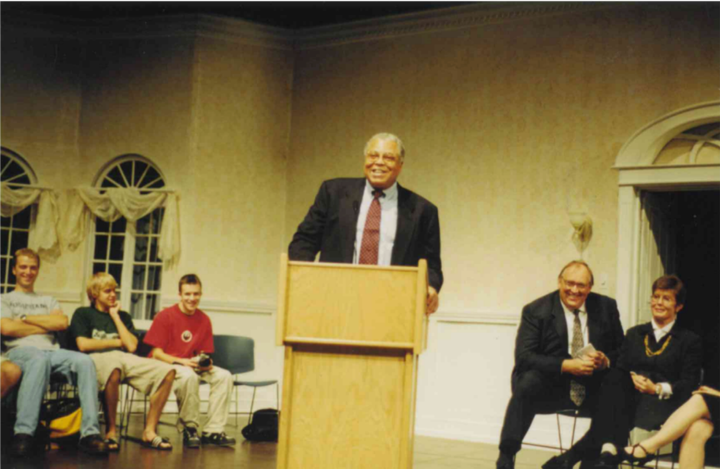Augustana students help to unearth rare artifacts

Student archaeologists unearth tools, make history
JESSICA RUF
For roughly 9,000 years, two ancient bone tools lay undiscovered, seven feet below Oklahoma’s soil. This summer, Augustana archaeology students unearthed the rare artifacts, revealing clues as to the lives of late paleoindians long before the year 2016.
Late paleoindians were ancient settlers and hunters who roamed America’s land around 9,000 years ago during a period of changing climate. The student archaeologists gathered near Guymon, Okla., to excavate two separate sites for remnants of this time period.
One site, Bull Creek, was once an open-air campsite for the paleoindians while the other, Ravenscroft, was a bison-killing area. Funded by National Geographic, the Bull Creek excavation site was chosen for its unique characteristics.
Kristen Carlson, Augustana archaeology professor, explained: “The site itself is pretty significant because we don’t have a lot of camps from that time period. They just don’t preserve well or we aren’t able to find them on the landscape, so the fact that we even have the camp preserved is a big deal.”
While living in tents, students spent five weeks digging and uncovering fossils. They used small brushes and toothpicks to carefully navigate around bone. The experience gave students a feel for what fieldwork in archaeology entails.
“I like digging,” junior Tressa Munger said. “It helped me re-establish the idea of going into archaeology. There’s mystery in the soil. There’s stuff underneath our feet all the time.”
After long days spent in the dirt, the students’ hard work paid off. Before this past summer, only a handful of late paleoindian tools had been discovered in North America. Now, two more can be added to the record. The first tool discovered was made out of a mandible, or jawbone-type structure. It was found wedged between the rib head of a bison and is believed to be a butchering tool from the era.
“We really hit on context when we’re training student archaeologists, that where the stuff comes from is just as important, if not more important, than the actual thing itself,” Carlson said. “We can see the process of how they were butchering, what they were bringing back to camp and what got left at the kill [site].”
The second tool discovered is made out of a scapula or shoulder blade. Its purpose, however, has yet to be determined. Though more research on the artifacts is forthcoming, the discovery of the tools has helped students and professors slowly piece together small facts from this thousand year old culture.
“I want to know how we got here,” Munger said. “I like seeing connections in history and finding them. You know, basically solving the mystery of human existence.”
The archaeology students are currently analyzing the artifacts in lab and creating posters describing their findings to present at the Plains Anthropological Conference in Lincoln, Neb., in October and at the Society for American Archaeology in Vancouver, British Columbia in April.
Regarding the late paleoindians, Carlson said, “We don’t really know a lot of how people were living or how their daily lives were or any of that stuff for this time period, so all of these little shreds of evidence that we pick up inform a bigger story of how people lived here.”
The discovery of these items not only helped people learn about the past, but the tools also have the potential to provide a deeper understanding of the world today.
“It’s really significant for us nowadays because they [the late paleoindians] were living in a period of rapidly changing climate, which is something that we’re also dealing with today,” Carlson said. “So if they could manage their changing landscape, then it helps us take a step back and look and ask ‘How do we manage?’”



